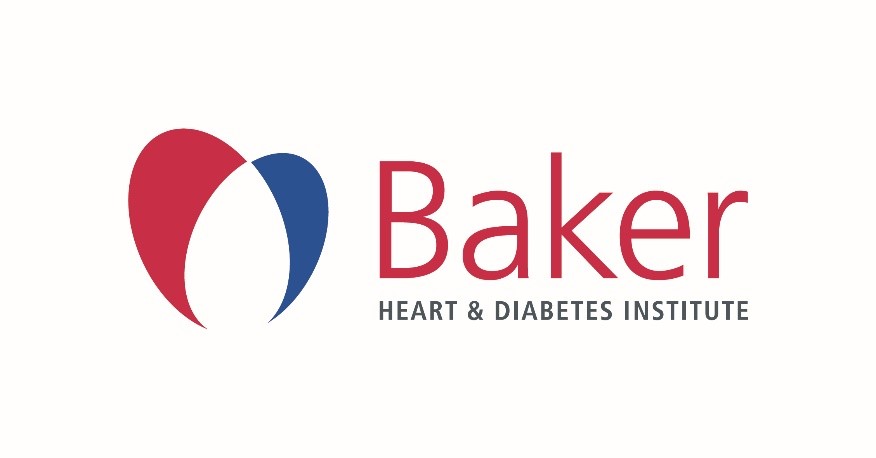Hepatic lipidomic remodeling in severe obesity manifests with steatosis and does not evolve with non-alcoholic steatohepatitis.
Geraldine J Ooi; Peter J Meikle; Kevin Huynh; Arul Earnest; Stuart K Roberts; William Kemp; Benjamin L Parker; Wendy Brown; Paul Burton; Matthew J Watt
Abstract
Obesity often leads to non-alcoholic fatty liver disease (NAFLD), which can progress from simple steatosis (non-alcoholic fatty liver (NAFL)) to non-alcoholic steatohepatitis (NASH). The accumulation of certain lipid subtypes is linked with worsening metabolic and liver disease, however, specific changes during progression from No-NAFL to NAFL then NASH are unresolved. Herein, we characterise the liver, adipose tissue and plasma lipidome of worsening NAFLD in obesity, and evaluate the utility of plasma lipids as biomarkers of NAFLD.Venous blood, liver, visceral and subcutaneous adipose tissue samples were obtained from 181 patients undergoing bariatric surgery. NAFLD severity was assessed histologically. Lipidomic analysis was performed using liquid chromatography-tandem mass spectrometry.The liver lipidome showed substantial changes with increasing steatosis, with increased triacylglycerols, diacylglycerols and sphingolipids including ceramide, dihydroceramide, hexosyl-ceramide and GM3 ganglioside species. These lipid species were also increased in plasma with increasing hepatic steatosis and showed strong correlations with liver lipids. Adipose tissue lipidomes showed no correlation with NAFLD. There were no significant changes in liver lipids with NASH compared to NAFL. The addition of plasma lipid variables to routine markers yielded significant improvements in diagnostic accuracy for NASH (AUROC 0.667 vs. 0.785, p = 0.025).Overall, these data provide a detailed description of the lipidomic changes with worsening NAFLD, showing significant changes with steatosis but no additional changes with NASH. Alterations in the liver lipidome are paralleled by similar changes in plasma. Further investigation is warranted into the potential utility of plasma lipids as non-invasive biomarkers of NAFLD in obesity.Non-alcoholic fatty liver disease (NAFLD) is characterised by distinct changes in the liver lipidome with steatosis. The development of non-alcoholic steatohepatitis (NASH) does not result in further changes in the lipidome. Lipids within body fat do not appear to influence the lipid profile of the liver or blood. Changes in liver lipids are paralleled by changes in blood lipids. This has potential to be developed into a non-invasive biomarker for NAFLD.ACTRN12615000875505.
| Journal | JOURNAL OF HEPATOLOGY |
| ISSN | 1600-0641 |
| Published | 01 Sep 2021 |
| Volume | 75 |
| Issue | 3 |
| Pages | 524-535 |
| DOI | 10.1016/j.jhep.2021.04.013 |
| Type | Journal Article | Research Support, Non-U.S. Gov't |
| Sponsorship |


